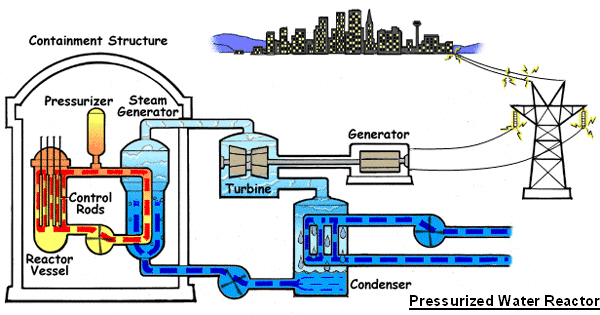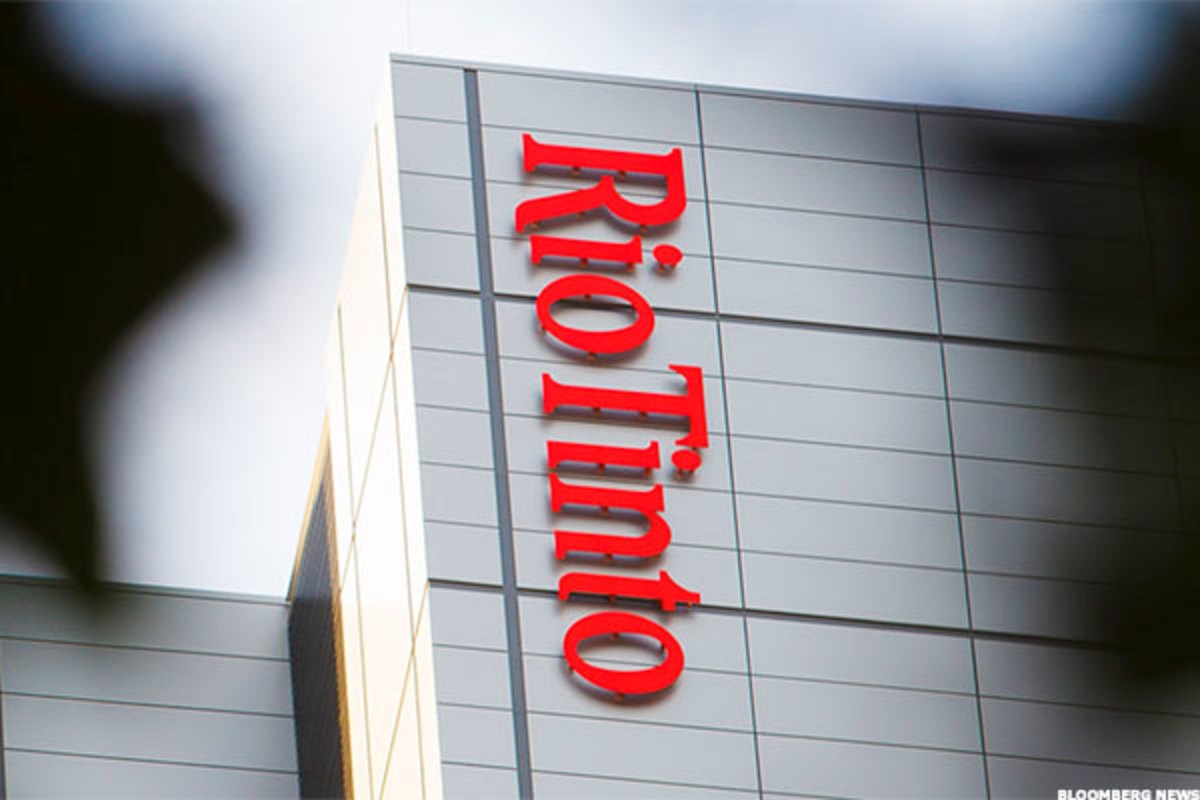NRC Reactor Power Uprate: Timeline And Requirements

Table of Contents
Understanding the NRC Power Uprate Process
The NRC Reactor Power Uprate process involves a multi-stage procedure designed to ensure the safety and reliability of the upgraded reactor. It's a significant undertaking that requires substantial planning, detailed documentation, and extensive collaboration with the Nuclear Regulatory Commission (NRC). The process begins with an initial assessment and culminates in final approval and implementation of the power increase. Throughout this journey, comprehensive safety analysis and rigorous documentation are paramount. Failure to meet these stringent requirements will result in delays or rejection of the application.
- Initial assessment of reactor capabilities and limitations: This involves a thorough evaluation of the reactor's current design, operational history, and safety systems to determine the potential for a power uprate.
- Development of a detailed power uprate plan: This plan outlines the proposed changes, including technical specifications, safety analysis, and implementation procedures. It’s a crucial document, serving as the foundation for the entire uprate process. This plan must be meticulously developed to ensure regulatory compliance.
- Submission of the application to the NRC: The application must be comprehensive and include all necessary documentation, including the safety analysis report, updated technical specifications, and other supporting materials.
- NRC review and potential requests for additional information: The NRC will thoroughly review the application and may request additional information or clarification. This iterative process ensures thorough evaluation.
- On-site inspections and audits: The NRC will conduct on-site inspections to verify the accuracy of the information provided in the application and assess the plant's readiness for the power uprate. This hands-on examination ensures safety and compliance.
- Final approval and implementation: Once the NRC is satisfied that all requirements have been met, it will grant final approval, allowing the plant to proceed with the power uprate.
Timeline for NRC Reactor Power Uprate
The typical timeframe for an NRC Reactor Power Uprate varies significantly depending on several factors. While a precise timeline is impossible to predict without detailed knowledge of the specific project, we can provide a general estimate.
- Application preparation and submission: 6-12 months (depending on the complexity of the project and the availability of resources).
- NRC review and feedback: 6-18 months (depending on the complexity of the application and the responsiveness of the applicant).
- Addressing NRC comments and resubmissions: 3-12 months (depending on the extent of the revisions required).
- On-site inspections: 2-4 months (depending on the scope of the inspection).
- Final approval and implementation: 6-12 months (depending on the complexity of the implementation process).
- Total estimated time for the entire process: 23-50 months. This represents a wide range, and certain projects could take much longer.
Factors Affecting Timeline
Several factors can significantly influence the timeline of an NRC Reactor Power Uprate. Proactive mitigation strategies are essential for success.
- Regulatory changes and updates: Any changes in NRC regulations can necessitate revisions to the application and prolong the review process. Staying updated on these changes is crucial.
- Complexity of the reactor design: More complex reactor designs may require more extensive analysis and review, increasing the overall timeline.
- Availability of qualified personnel: A shortage of qualified personnel can delay the preparation of the application and the implementation of the power uprate.
- Unforeseen technical challenges: Unexpected technical challenges during the implementation phase may lead to delays and require additional review.
- Effective communication and collaboration: Proactive and transparent communication with the NRC can significantly streamline the process and mitigate potential delays.
Key Requirements for NRC Reactor Power Uprate Approval
Securing approval for an NRC Reactor Power Uprate requires strict adherence to safety and technical regulations. The following documents and demonstrations are critical:
- Detailed safety analysis report (SAR): This report thoroughly evaluates the safety implications of the power uprate and demonstrates that the proposed changes will not compromise the safety of the reactor.
- Updated technical specifications: The technical specifications of the reactor must be updated to reflect the changes resulting from the power uprate.
- Thorough risk assessment: A comprehensive risk assessment must be conducted to identify and mitigate potential hazards associated with the power uprate.
- Demonstrated compliance with all applicable NRC regulations: The applicant must demonstrate that the power uprate complies with all relevant NRC regulations and guidelines.
- Comprehensive testing and validation: Extensive testing and validation are necessary to verify the effectiveness of the proposed changes and ensure the safe operation of the upgraded reactor.
- Emergency preparedness plan: An updated emergency preparedness plan must be developed to address the potential consequences of accidents at the higher power level.
- Staff training and qualification: Plant personnel must receive adequate training and qualification to safely operate the reactor at the increased power level.
Navigating the Regulatory Landscape: Working with the NRC
Effective communication and collaboration with the NRC are paramount throughout the entire NRC Reactor Power Uprate process.
- Proactive communication and transparency: Maintain open and honest communication with the NRC throughout the process.
- Early engagement with the NRC staff: Seeking early engagement with the NRC staff can help identify potential issues early on and prevent delays.
- Utilizing available NRC resources and guidance documents: The NRC provides various resources and guidance documents that can assist in navigating the regulatory process.
- Maintaining thorough documentation throughout the process: Maintain meticulous records of all communications, analyses, and decisions.
- Addressing NRC concerns promptly and effectively: Respond promptly and thoroughly to any concerns raised by the NRC.
Conclusion
Successfully achieving an NRC Reactor Power Uprate demands a thorough understanding of the regulatory landscape, a comprehensive plan, and proactive collaboration with the Nuclear Regulatory Commission. This process, while demanding, offers significant advantages in terms of increased energy production and improved operational efficiency. By carefully following the outlined timeline and adhering to the specified requirements, nuclear power plant operators can navigate this complex process effectively and achieve a successful power uprate. Begin planning your NRC Reactor Power Uprate strategy today. Contact us to learn more about navigating this critical process and securing the necessary approvals.

Featured Posts
-
 Living In This Country An Expats Guide
May 02, 2025
Living In This Country An Expats Guide
May 02, 2025 -
 Trump Lawsuit Settlement Paramount Leaders Discuss 20 Million Offer
May 02, 2025
Trump Lawsuit Settlement Paramount Leaders Discuss 20 Million Offer
May 02, 2025 -
 Elon Musk Remains Ceo Tesla Board Addresses Replacement Rumors
May 02, 2025
Elon Musk Remains Ceo Tesla Board Addresses Replacement Rumors
May 02, 2025 -
 Activist Investor Fails To Oust Rio Tintos Dual Listing Structure
May 02, 2025
Activist Investor Fails To Oust Rio Tintos Dual Listing Structure
May 02, 2025 -
 Trade War Weighs On Japans Economy Bank Of Japan Revises Forecast Downward
May 02, 2025
Trade War Weighs On Japans Economy Bank Of Japan Revises Forecast Downward
May 02, 2025
